Getting Started in Photography: A Complete Guide for New Enthusiasts
Introduction
Photography is an art that allows you to capture precious moments and turn them into timeless memories. Whether you want to immortalize beautiful landscapes, family portraits, or vibrant street scenes, getting started in photography can be an exciting adventure. This comprehensive guide will provide you with the essential basics, recommended equipment, and practical tips to begin your photography journey.
Why Start Photography?
1. Capture Memories
Photography allows you to capture important moments and relive them through your images. Whether documenting travel, family events, or everyday moments, each photo tells a unique story.
2. Express your Creativity
Photography is a form of artistic expression that allows you to see the world from a different perspective. By playing with light, colors, compositions and perspectives, you can create unique works of art.
3. Learn and Explore
Learning photography inspires you to explore new places, meet people, and discover stories. It’s a rewarding activity that broadens your horizons and enriches your life.
4. Share and Inspire
By sharing your photos with the world, you can inspire others, spark emotions, and tell stories. Social media and photo-sharing platforms make it easy to spread your work.
Essential Equipment for Starting Photography
1. Camera
For beginners, a DSLR or mirrorless camera is recommended due to their versatility and image quality. These cameras offer full manual control, which is essential for learning the basics of photography.
2. Objectives
A standard lens (18-55mm) is a good starting point, but you can also invest in other types of lenses depending on your interests. Prime lenses and telephoto lenses are great for portraits and landscapes.
3. Tripod
A stable tripod is essential for landscape photography, long exposures and low light conditions. It helps to achieve sharp, well-composed images.
4. Memory Card
Make sure you have a high capacity and fast memory card to store your high resolution photos. SD cards are the most common and readily available.
5. Carrying Bag
A good carrying bag will protect your gear and make traveling easier. Choose a bag with padded compartments to keep your camera and lenses safe.
Technical Basics of Photography
1. Exhibition
Exposure determines the amount of light that reaches the camera sensor. It is controlled by three things: aperture (f/), shutter speed, and ISO.
- Aperture : Controls the amount of light entering the lens. A large aperture (small f/) allows more light and creates a shallow depth of field, while a small aperture (large f/) allows less light and increases the depth of field.
- Shutter speed : Controls the length of time the sensor is exposed to light. A fast speed freezes the action, while a slow speed creates a motion blur effect.
- ISO : Sensitivity of the sensor to light. A high ISO is useful in low light but can introduce noise into the image.
2. Focus
Focus determines which part of the image is in focus. Use manual focus for precise control or autofocus for convenience. Learn how to use your camera's focus points for best results.
3. Composition
Composition is the art of arranging elements in the frame to create a balanced and attractive image. Here are some basic rules:
- Rule of thirds : Divide your frame into nine equal parts by drawing two horizontal lines and two vertical lines. Place important elements at the intersections of these lines.
- Leading Lines : Use natural or object-created lines to guide the viewer's eye to the main subject.
- Natural Frames : Frame your subject with elements like doors, windows, or branches to add depth and interest.
Practical Tips to Improve Your Photos
1. Experiment with Light
Light is the most crucial element in photography. Experiment with natural and artificial light to see how it affects your images. The golden hours (just after sunrise and before sunset) provide soft, warm light that is ideal for photography.
2. Practice Regularly
Practice is key to improving your skills. Take your camera with you everywhere and practice regularly. Try new subjects, techniques, and perspectives.
3. Study and Learn from Others
Look at the work of famous photographers and analyze their techniques. Read books and articles about photography, follow online tutorials, and attend workshops to learn new skills.
4. Post-Processing
Learn how to use post-processing software like Adobe Lightroom or Photoshop to edit your photos. Post-processing can dramatically improve the quality of your images by adjusting exposure, contrast, colors, and removing imperfections.
5. Ask for Opinions
Share your photos with other photographers or on online forums and ask for constructive criticism. Feedback can help you identify your weaknesses and improve.
Conclusion
Getting started in photography is an exciting and rewarding journey. With the right equipment, an understanding of the technical basics, and regular practice, you can quickly improve your skills and create impressive images. Remember to always express your creativity and see the world from a new perspective through your lens. Whether you want to capture precious moments or explore artistic perspectives, photography offers endless possibilities to express yourself.
FAQs
What type of camera is recommended for beginners in photography? A DSLR or mirrorless camera is recommended for beginners because of their versatility and image quality.
What are the key elements to achieving good photo composition? Key elements include the rule of thirds, using leading lines, and natural framing to create balanced and attractive images.
How can I improve the sharpness of my photos? To improve sharpness, use a tripod, ensure precise focus, and adjust the shutter speed to avoid camera shake.
Why is it important to experiment with light in photography? Light is crucial because it affects the mood, shadows, contrasts, and colors of your photos. Experimenting with light allows you to create varied visual effects.
What post-processing software is recommended for editing photos? Adobe Lightroom and Photoshop are among the most recommended post-processing software for editing and improving the quality of your photos.


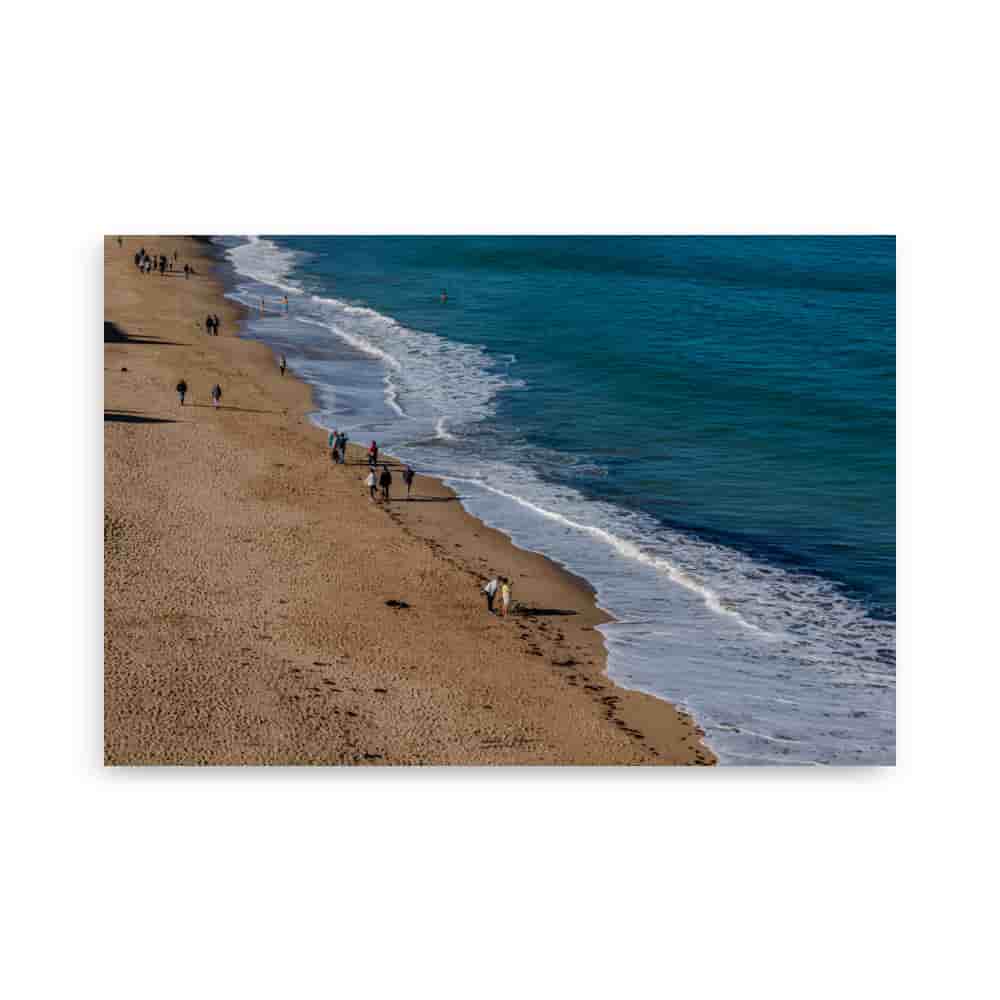

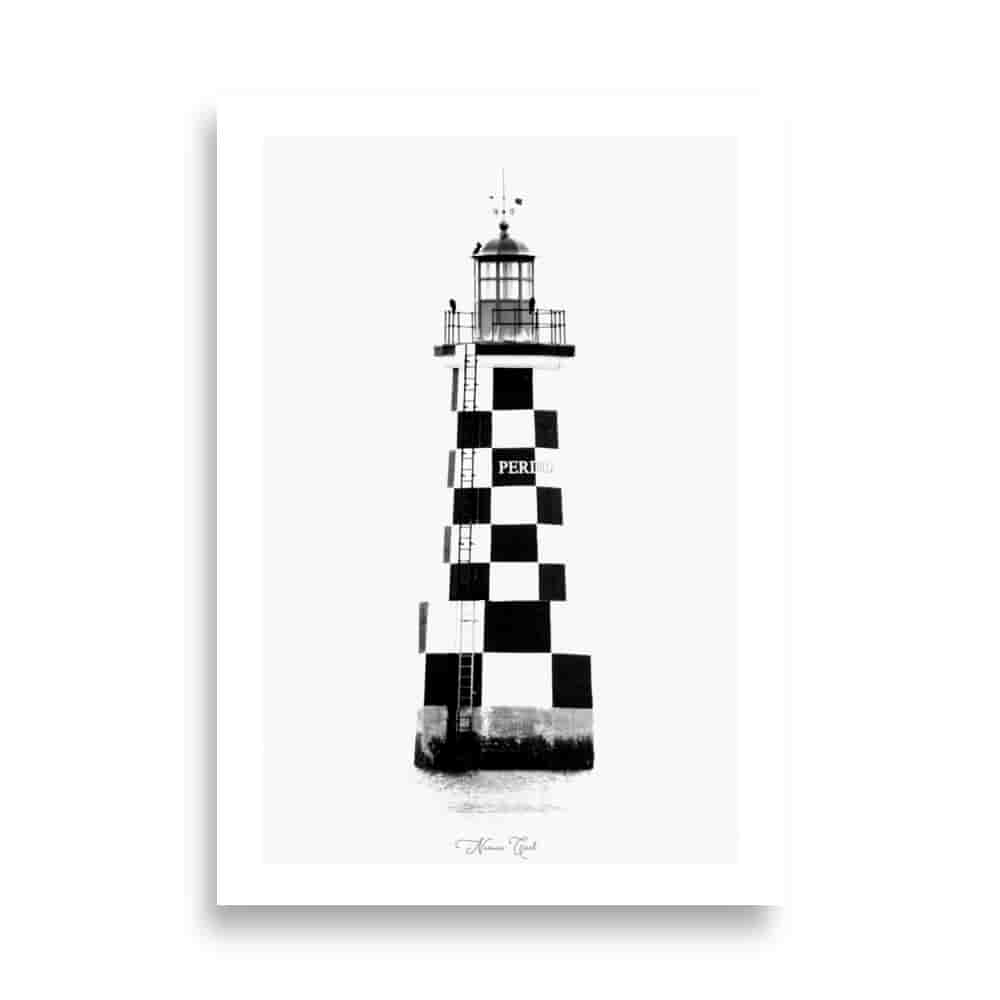
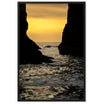
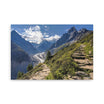






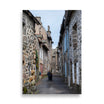




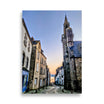


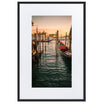










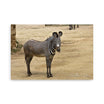


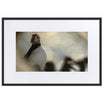




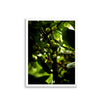


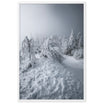


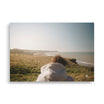
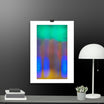




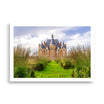




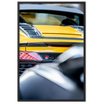

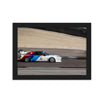

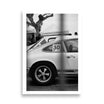
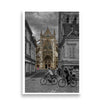





Leave a comment
All comments are moderated before being published.
This site is protected by hCaptcha and the hCaptcha Privacy Policy and Terms of Service apply.